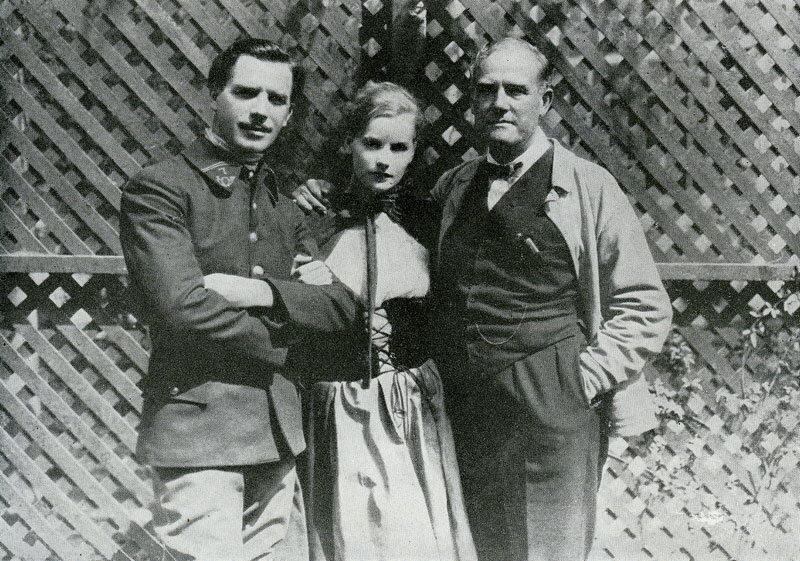
Scott Lord on the Silent Film of Greta Garbo, Mauritz Stiller, Victor Sjostrom as Victor Seastrom, John Brunius, Gustaf Molander - the Golden Age of Swedish Silent Film........Lost Films in Found Magazines, among them Victor Seastrom directing John Gilbert and Lon Chaney, the printed word offering clues to deteriorated celluloid, extratextual discourse illustrating how novels were adapted to the screen; the photoplay as a literature;how it was reviewed, audience reception perhaps actor to actor.
Saturday, July 30, 2022
Thursday, July 28, 2022
Swedish Silent Film Stars on the Theater Stage
Einar Froberg
Einar Froberg acted at the Svenska Teatern during 1903.Erik Petschler
Erik Petschler acted at the Djurgardsteatern during 1912.Tuesday, July 19, 2022
Scott Lord Swedish Silent Film: Gyurkoricsarna (John Brunius, 1920)
Suprisingly, the screenplay of "Lieutenant Tophat" (Gyurkoriscarna) is credited to Pauline Brunius and Gosta Ekman, who star in the film with Gucken Cederberg and Jessie Wessel. Directed byJohn Brunius in 1920, the film was photographed by Hugo Edlund. Swedish Silent Film Silent Film
Scott Lord Silent Film: (Hårda viljor (Brunius, 1923)
Directed by John Brunius in 1923 with a screenplay coscripted Sam Ask, "Harda Viljor" starred actresses Lilla Bye and Linnea Hillberg. The film was photographed by Hugo Edlund.
Silent Film
Silent Film
Scott Lord Swedish Silent Film: Åh, i morron kväll (John Brunius, 1919)
Directed in 1919 by John W. Brunius with a screenplay cowritten by Brunius and Sam Ask "Ah, i morron kvall" featured actresses Mary Graber, Jean Grafstrom and Gucken Cederborg.
John Bruinis
Scandinavian Silent Film
Silent Film
Thursday, July 14, 2022
Scott Lord Silent Film: Battle of Elderbush Gulch (D.W. Griffith, 1913)
In addition to using closeups to isolate the actor from their diegetic surroundings and the particular background to the action of the scene, which, while viewing the emotion of the character as seperate in turn embeds, or immerses the character into the diegesis, locking and intertwining them into the word within the frame, D. W. Griffith would establish the relationship between character and environment as well through the use of editing and by varying spatial relationships, notably in the silent film "The Battle of Elderbush Gulch" (two reels) through the use of the longshot and the use of interiors.
The two reel film stars actresses Lillian Gish and Mae Marsh.
Silent Film
Silent Film
Biograph Film Company
Subscribe to:
Posts (Atom)













